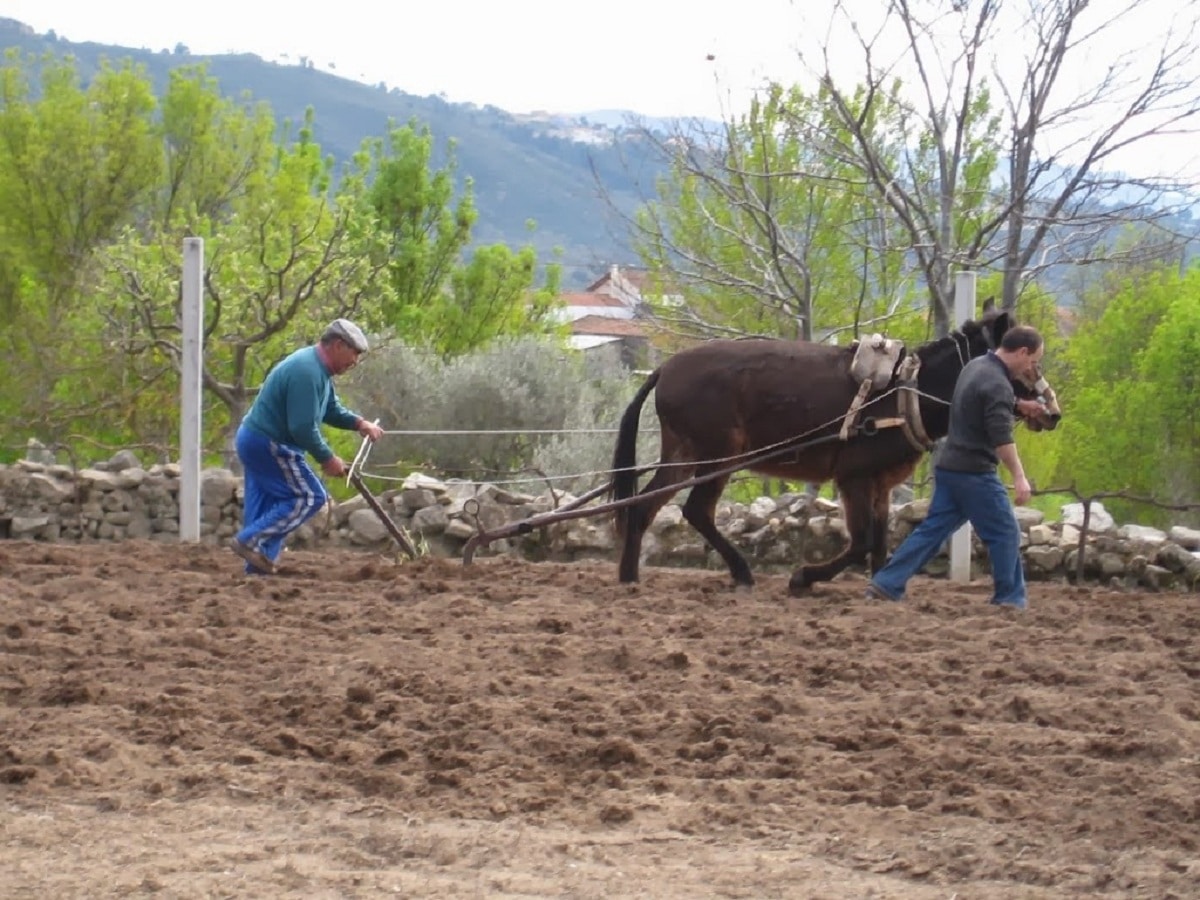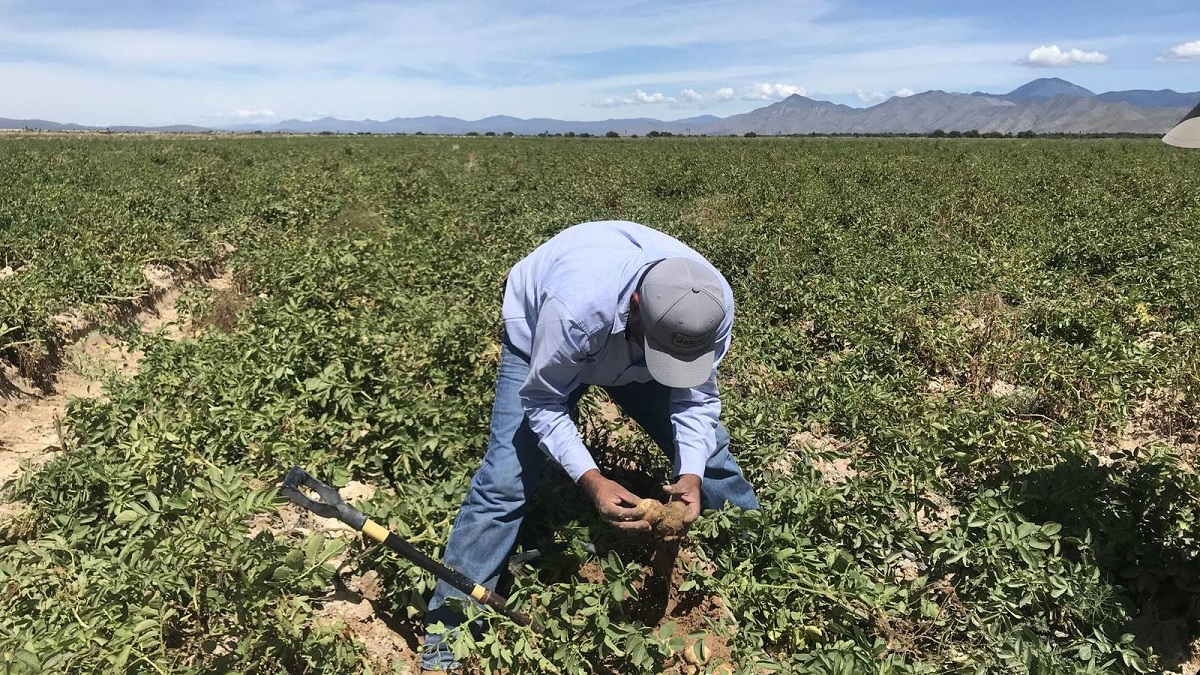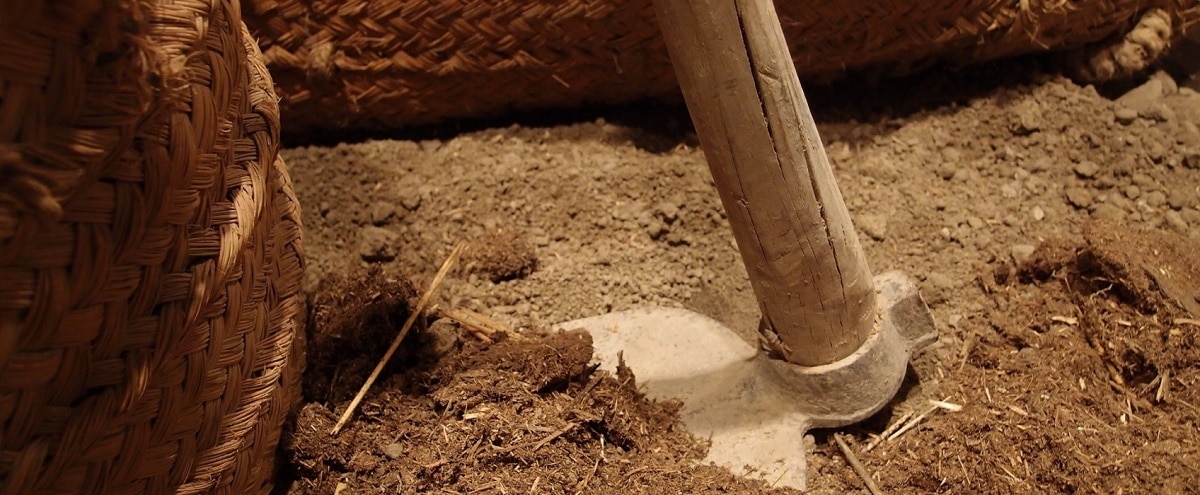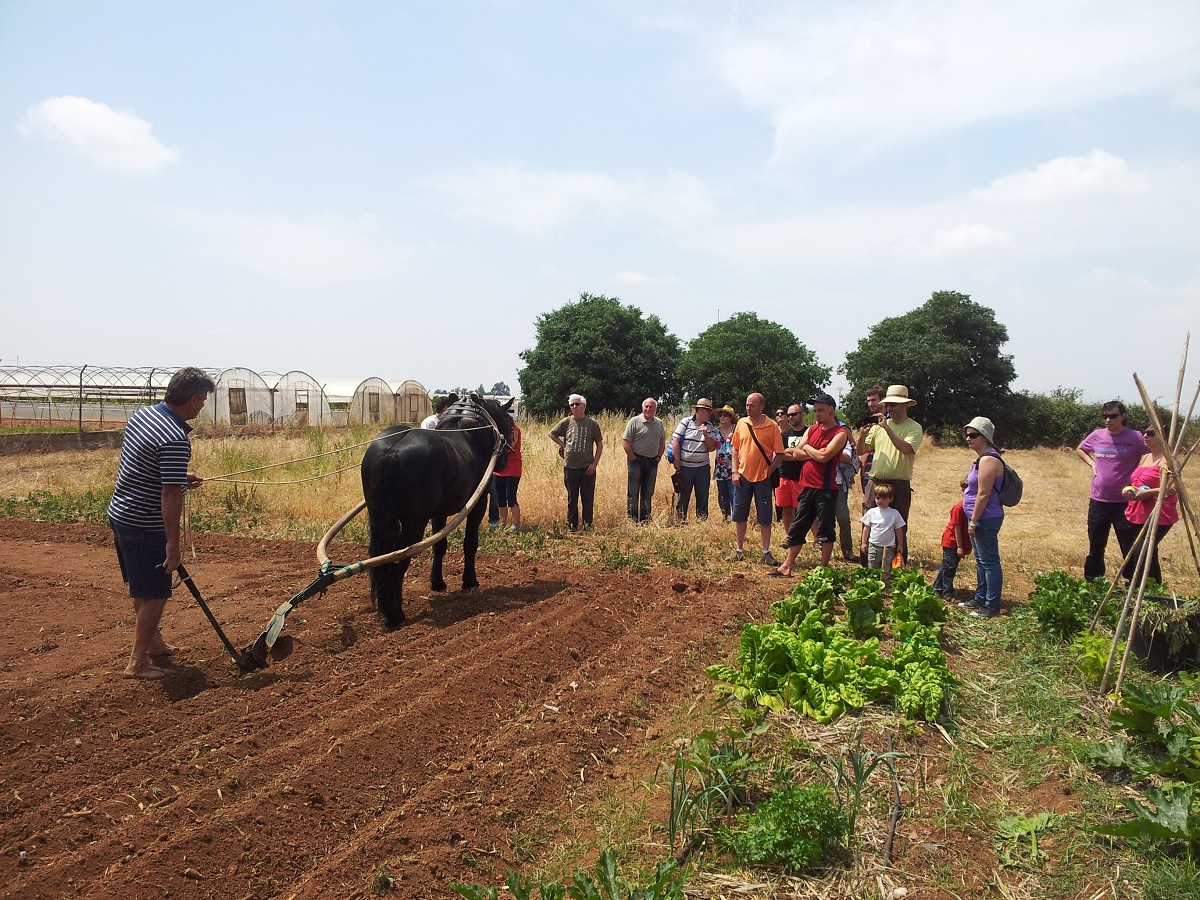
As the world's population grows at an accelerated rate, so does a greater demand for food. In order to optimize crop production, the advancement of technology has played a fundamental role in this feat. In order to satisfy the demand for food, agriculture has had to evolve during the last decades. Therefore, the traditional agriculture it has been gradually modifying itself until it became modern agriculture.
In this article we are going to tell you what are the characteristics of traditional agriculture and the main differences that exist with modern agriculture.
What is traditional agriculture

Traditional agriculture is characterized by having very little technicality and very low use of technology. This makes its large-scale production not too productive. The production here is only for the consumption of the farmer and those who work the land. Tools such as the sickle, hoe or shovel are often used. In the case that farmers have a tractor, it is not usually used at its maximum power.
Traditional agriculture is a very rudimentary activity and its production depends on most of the physical capabilities of the farmer and his workers. This makes both performance and optimization of resources for better products low. To all these characteristics it must be added that the way in which the land is worked is not the way it is currently done. The way in which the land is worked corresponds to some ancestral and empirical knowledge or practices that are communicated from generation to generation.
For example, one of the techniques that is used frequently is to make livestock can live on the land where the crops are grown. This is done to use the manure as compost. Traditional agriculture is also known as subsistence agriculture. This type of agriculture It is based on polycultures that provide various types of food for own consumption. In this case, this type of agriculture is not so focused on trade.
We find the vast majority of traditional agriculture in developing countries such as some countries in Latin America, Asia and Africa. In Europe we also find it in many private farms that are not engaged in commerce but have agriculture more as a hobby.
Production strategies

As we have mentioned before, traditional agriculture is not based on the use of modern technology. It is based on practices passed down from generation to generation for a long time. Among the characteristics that stand out most of traditional agriculture is the degree of diversity of vegetation formed by crops. The strategy that is carried out is to reduce the risk by sowing various species and varieties of crops. This helps stabilize crop yields in the long term, promoting dietary diversity and achieving maximum profitability.
It must be added that all the strategies that are carried out are carried out with low technological levels and limited resources. The farms are quite biodiverse and have plants that enrich the soil with nutrients. They also try to regenerate the soil and propagate plant growth through pollinating insects, insect predators to avoid pests and diseases. They use nitrogen fixing bacteria to facilitate plant growth. In this type of agriculture there are many other organisms that perform various ecological and beneficial functions for production.
It could be said that the strategies carried out by traditional agriculture are based on ecology and nature.
Differences between traditional agriculture and modern agriculture

Unlike what happens with traditional agriculture, modern agriculture has superior technological characteristics. And it is that this type of agriculture incorporates the advances of science and technology to make more efficient productions. Thanks to the introduction of these variables Resources such as time and money are saved and a higher quantity and quality of production is achieved.
It is precisely the high productive capacity that defines modern agriculture as an activity that is designed to be able to respond to the needs of both people and markets. It also serves to be able to commercialize thousands of tons internally and externally. With traditional agriculture it could hardly be marketed and, in the event of a surplus of resources, it was only suitable for local commerce. In this case, modern agriculture allows large-scale commercialization both indoors and outdoors. Namely, crops can be exported to other countries where their production is lower at higher demand.
The application of techniques and the use of modern machinery reduces the risk of dependence on other external factors such as climate or labor when producing. It must be taken into account that traditional agriculture is attacked by adverse weather conditions or labor. Modern agriculture tries to become independent from climatic conditions so as not to be so dependent on them.
Traditional agriculture requires long hours to be able to harvest the crops, while in modern agriculture this work can be entrusted to precision systems incorporated into the harvesters. These systems work autonomously and are highly efficient. All of this results in higher production at lower cost and in less time.
Modern agriculture irrigation systems, fertilizers, pest control, crop monitoring are incorporated, among other. All of them are applications that help to improve production and that differentiate them from traditional agriculture. The help that all this technology provides is tilting the balance increasingly toward modern agriculture. In this way, traditional agriculture remains more like a vestige of what human beings were decades ago.
I hope that with this information you can learn more about traditional agriculture.